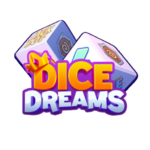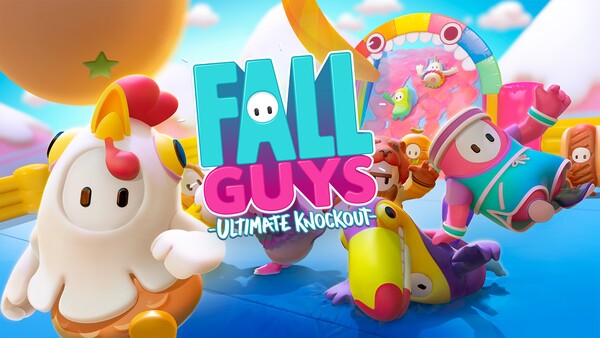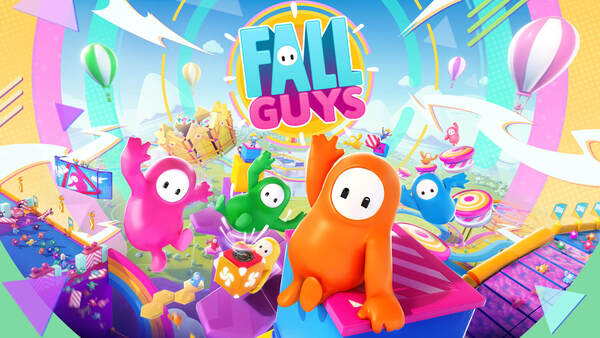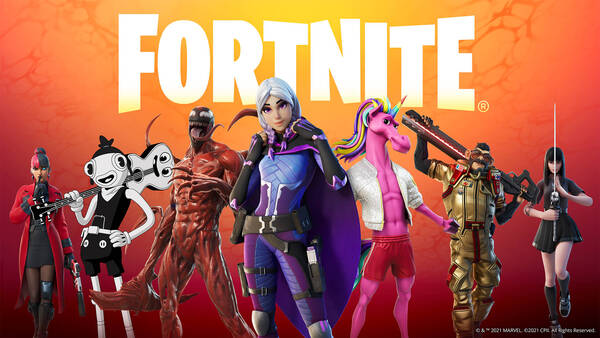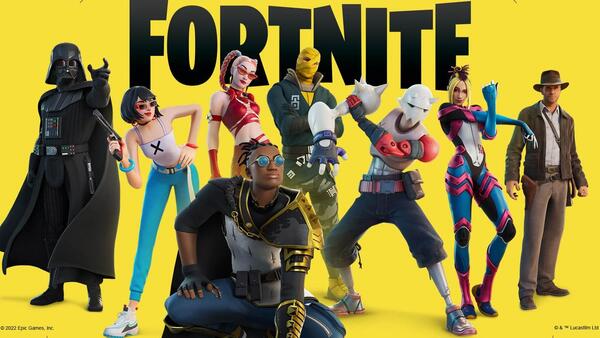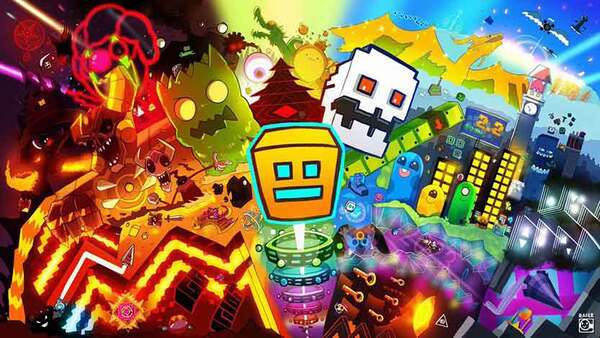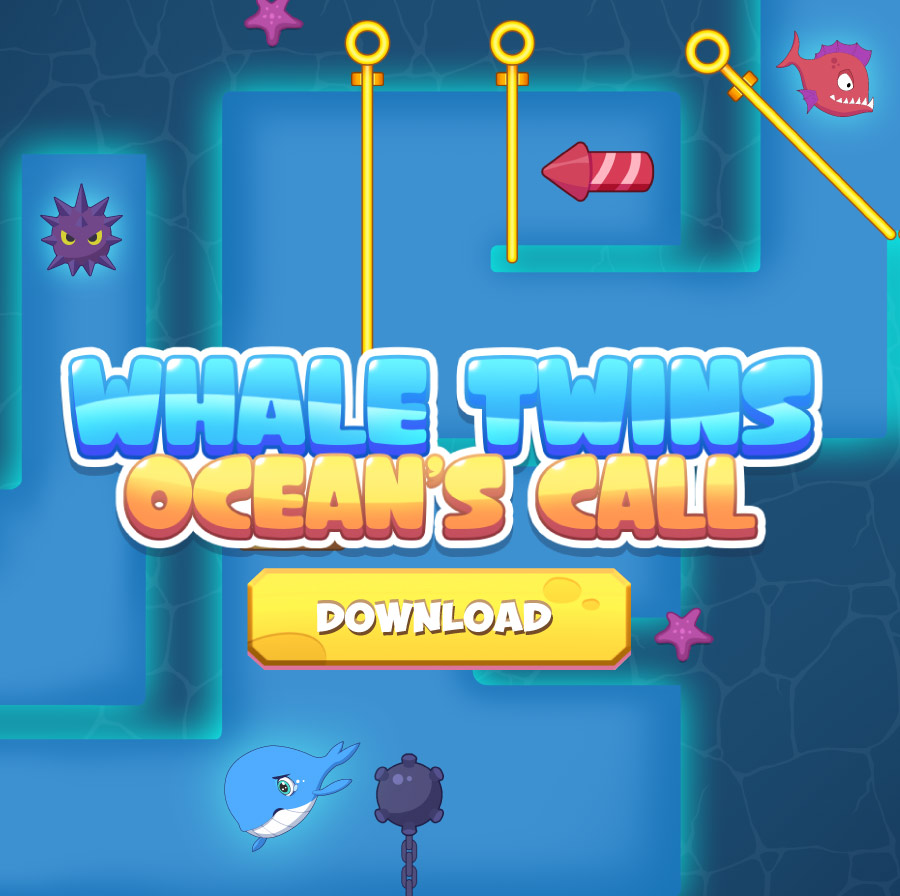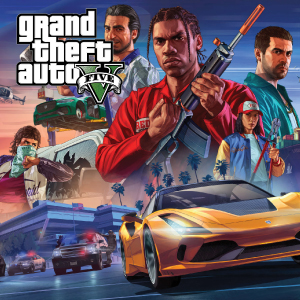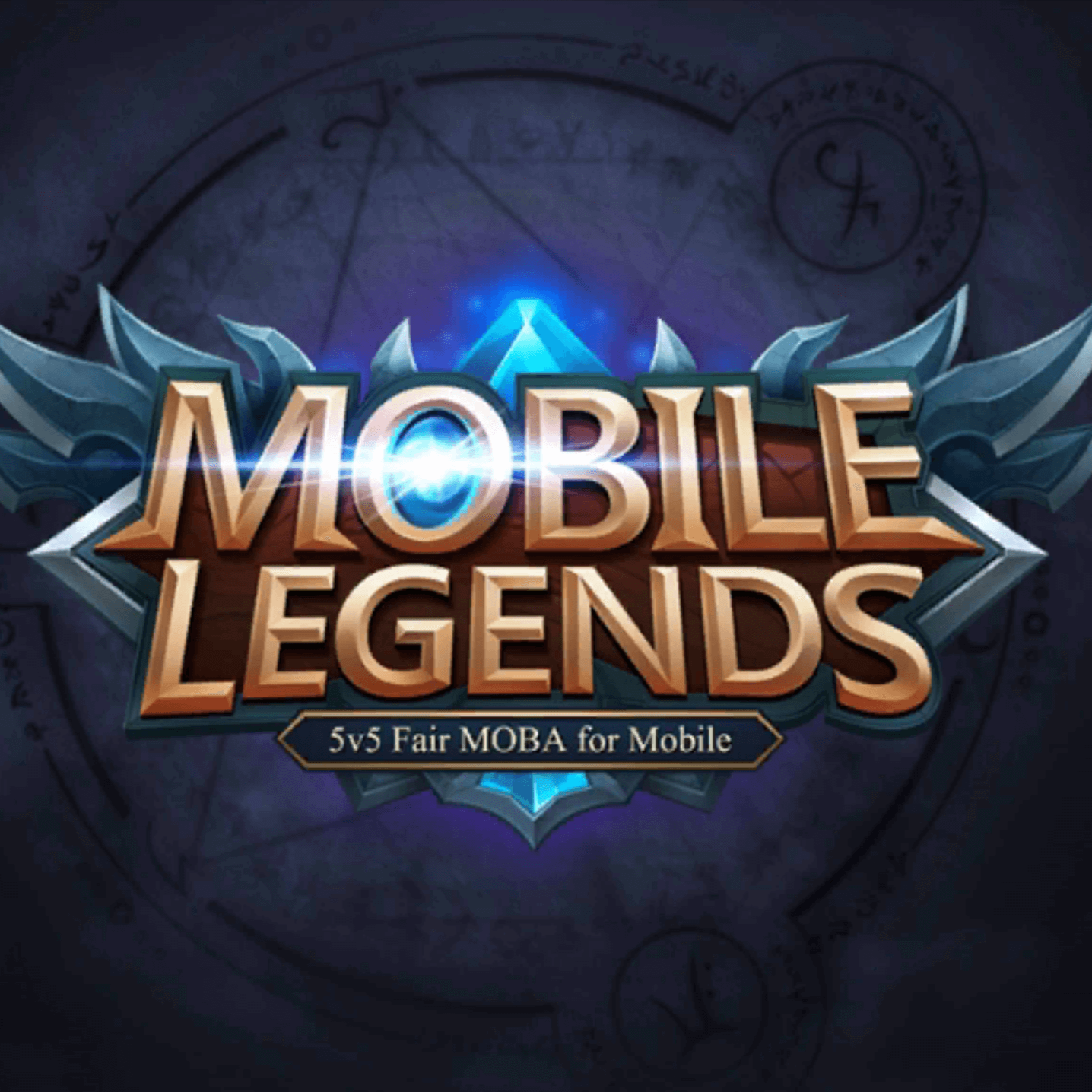Candy Crush Saga: The Addictive Puzzle Game That Conquered the World
Since its launch in 2012, Candy Crush Saga has become far more than just a casual puzzle game it’s a pop culture icon and a staple of mobile gaming history. With its colorful candies, catchy sound effects, and deceptively simple mechanics, the game has attracted millions of players worldwide, creating a passionate and sometimes fiercely competitive community.
This article explores the full journey of Candy Crush Saga: from its creation to its massive success, why it remains addictive, and how it has shaped the landscape of mobile gaming.
1.The Birth of a Global Phenomenon
The Early Days
Created by King, a UK-based game developer, Candy Crush Saga was initially released as a Facebook game in April 2012.
Its success on Facebook quickly pushed the developers to bring it to iOS and Android.
The Mobile Revolution
By late 2012, the mobile version was live, and Candy Crush quickly became one of the first truly cross-platform games.
This approach allowed players to keep progress across devices an innovation that helped it spread rapidly.
Candy Crush became more than just another puzzle game; it became the game everyone played.
2.Game Design: Simple Yet Brilliant
Match-3 Mechanics
Players swap colorful candies to match three or more of the same type.
Special candies and combos create explosive effects, clearing large sections of the board.
Progressive Challenge
Levels start simple, but gradually introduce obstacles: chocolate, licorice, jelly, and time limits.
This keeps players engaged and eager to master each new challenge.
This blend of simplicity and strategy is a big part of Candy Crush’s enduring appeal.
3.Monetization and Microtransactions
The Free-to-Play Model
Candy Crush is free to download and play, but offers in-app purchases like extra lives, boosters, and special moves.
Players can also request extra lives from friends, adding a social element to the business model.
Revenue Success
At its peak, Candy Crush Saga reportedly generated over $1 million daily.
Even years later, it remains among the highest-grossing mobile games worldwide.
Its model became a template for countless other mobile games.
4.Levels, Events, and Updates
Constant New Content
As of 2024, there are over 15,000 levels, with new ones added every week.
Regular events like Candy Cup and Chocolate Box keep gameplay fresh.
Time-Limited Challenges
Events often reward unique boosters or aesthetic features.
Players are encouraged to return daily to keep up.
This content cycle keeps Candy Crush relevant more than a decade after its release.
5.Visual and Audio Design: Sweetly Addictive
Candy Aesthetics
The game’s candy-themed visuals are bright, playful, and universally appealing.
Animation effects like cascading candies and bursting combos add excitement.
Memorable Sound
Catchy music and sound effects reinforce the game’s lighthearted tone.
Audio cues (like the iconic “Delicious!” and “Tasty!”) reward player progress.
Together, these elements create a sensory experience that’s hard to resist.
6.Why Candy Crush is So Addictive
Reward Loops
Small wins and colorful effects give immediate feedback.
Daily bonuses and lives replenish over time, encouraging repeated play.
Psychological Triggers
Limited lives create scarcity, making each attempt feel valuable.
The random element of new boards keeps gameplay unpredictable.
These design choices expertly blend psychology and entertainment.
7.Community and Cultural Impact
Global Popularity
Candy Crush has been downloaded over a billion times across platforms.
It appeals across ages and demographics, from teenagers to grandparents.
Pop Culture References
Candy Crush has inspired memes, parodies, and even appearances in TV shows.
Its success helped cement mobile gaming as mainstream entertainment.
Candy Crush isn’t just a game it’s a cultural milestone.
8.Pros and Cons: An Expert Review
Pros
Simple gameplay that’s easy to learn, hard to master.
Constant updates and events keep the experience fresh.
Playable in short bursts, perfect for commuting or breaks.
Cons
Free-to-play model can tempt overspending.
Some levels feel overly luck-dependent.
Can become repetitive after long sessions.
Yet for millions, the pros outweigh the cons.
10.What’s Next for Candy Crush?
Possible Future Updates
King continues to add new mechanics, candies, and seasonal themes.
New competitive events and social features are often tested.
Beyond the Game
Candy Crush has inspired merchandise, branded products, and spin-offs (Soda Saga, Jelly Saga, etc.).
The brand’s popularity makes future expansions likely.
Its journey is far from over.
Conclusion: Why Candy Crush Saga Still Rules the Puzzle World
After more than a decade, Candy Crush Saga remains the king of match-3 games not because it reinvented gaming, but because it perfected accessibility, charm, and replayability.
By combining sweet visuals, satisfying gameplay loops, and constant updates, it has stayed relevant in a fast-moving industry.
Whether you’re playing casually or trying to top the leaderboards, Candy Crush offers the same deliciously addictive challenge it always has—and that’s why it continues to be loved by millions.













